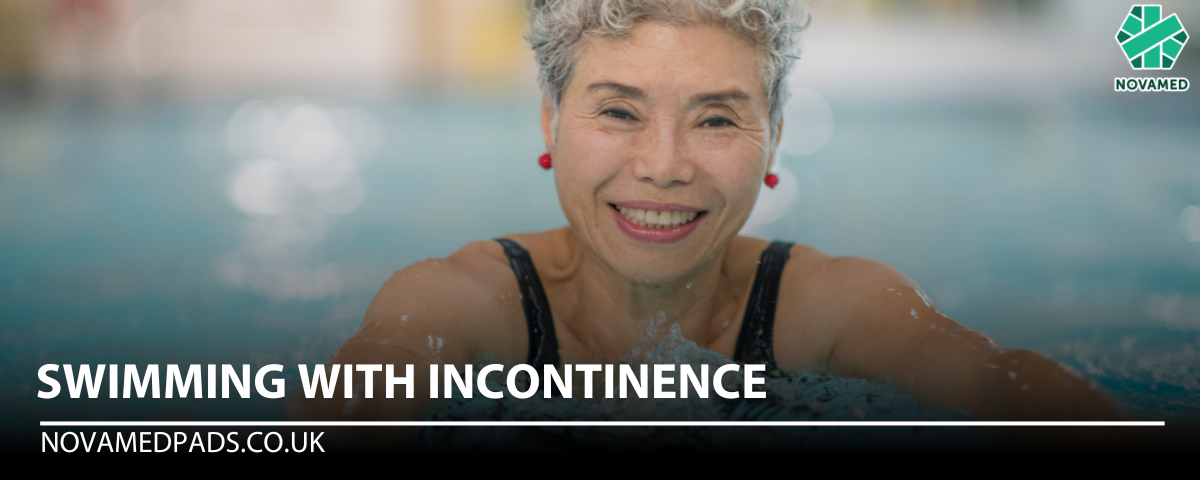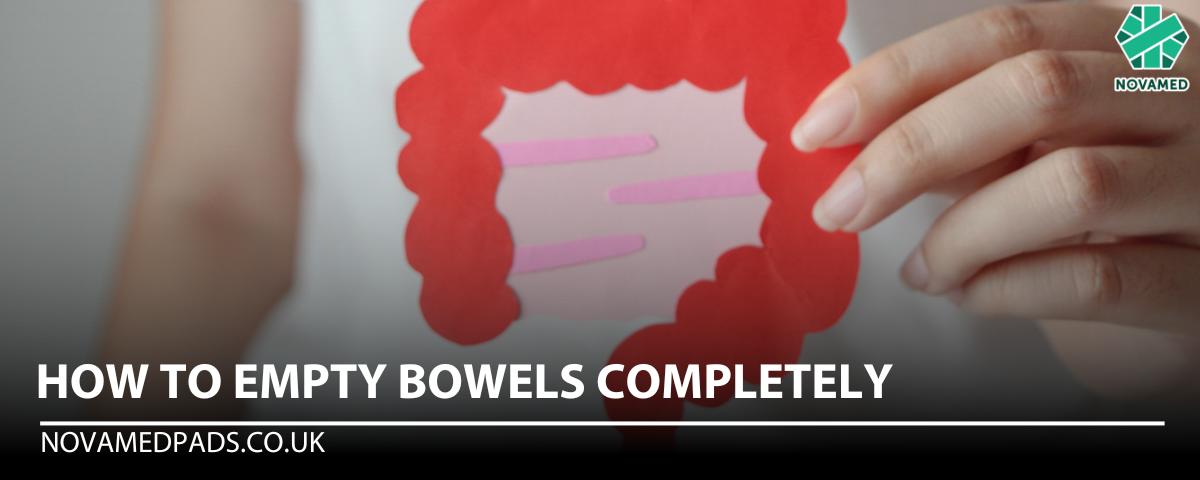
Swimming With Incontinence
Incontinence doesn't have to stop you from enjoying water activities. Whether you or someone you love experiences incontinence, finding a swimming method that works can be challenging—but the good news is that there are several options available! Whether you have bladder or bowel incontinence, want to swim laps for exercise, or simply enjoy time in the water with family and friends, this post will guide you through how to swim confidently with incontinence.
Can You Swim With Incontinence?
Yes, swimming with incontinence is entirely possible. Many people worry about having an accident in the water, but the reality is that modern swimwear and specially designed products can help manage incontinence effectively. Swimsuits are waterproof, so any leakage will remain contained, allowing you to enjoy your swim without worrying about accidents being noticeable. This means you can confidently head to the pool with your family and friends without any concerns.
Best Swimwear Options for Incontinence
If you are dealing with incontinence, there are a variety of swimwear solutions designed to meet your needs. Here are seven effective methods for managing incontinence while swimming:
- Swim Trunks with an Absorbent Pad or Panty Liner
- Swim Trunks with a Nappy-Style Liner
- One-Piece Swimsuit (ideal for full coverage and support)
- Swim Trunks with a Pin-Hole Nappy-Style Incontinence Device
- Swimwear with Built-in Nappy or Incontinence Pads
- One-Piece Swimsuit with Additional Incontinence Protection
- Adult Swim Nappies or Incontinence Swimwear (designed specifically for swimming with incontinence)
With these options, you have plenty of choices to find the right product that will allow you to swim confidently. If you're unsure which method is best, consult your doctor for personalised advice based on your condition.
How to Modify Your Swimwear for Incontinence
For extra security, you may want to customise your swimwear to accommodate incontinence devices. Here’s how you can "nappy" your swim trunks or swimsuit to make them waterproof:
- Look for swimsuits with mesh backing. You can sew a waterproof nappy pad onto the mesh area, cutting the pad into smaller pieces if needed, then reattach the mesh to the bathing suit.
- Alternatively, you can buy specially designed adult swimming nappies. These nappies are made specifically for water activities, with elastic waistbands and adjustable ties to ensure a secure fit and leak protection.
Tips for Swimming With Confidence
When swimming with incontinence, a little preparation goes a long way. Here are a few tips to help:
- Exercise and Strengthen Core Muscles: Regular water exercises can help you build core strength, which can improve bladder control.
- Practice Breathing Techniques: Being mindful of your breathing can help you feel more in control and relaxed while swimming.
Observing experienced swimmers can also give you insights into the best techniques to use. Watch how they manage their strokes and breath control—you’ll be surprised how much you can learn.
Choosing the Right Incontinence Products
If you need additional incontinence protection while swimming, consider the wide range of products available from trusted brands.
Novamed offers reliable incontinence solutions. Explore our full range of incontinence solutions here.
Bladder and bowel incontinence may be caused by conditions which can be treated medically. Please consult your physician for medical advice and guidance.




